How to boost ROI, increase conversion, and build loyalty with personalization automation
Just like with any other brand, consumers want to interact with their favorite restaurants both online and offline – from placing an order of their favorite dishes to getting personalized offers and discounts.
Delivering a seamless and personalized experience will help you stand out from your competition and make your restaurant the go-to dining choice.
Need some ideas and inspiration? Here are three restaurants that are winning the omnichannel personalization game:
TGI Friday’s
The casual restaurant chain increased conversion rate by 35% using an omnichannel personalization strategy that involves a website, a mobile app, social media, and in-store experience.
They collect all customer data on a centralized platform and create targeted offers based on each individual’s preferences, habits, and past orders.
TGI Friday’s robust mobile app uses push notifications to remind customers about their favorite foods at days/times when they’re most likely to make a purchase.
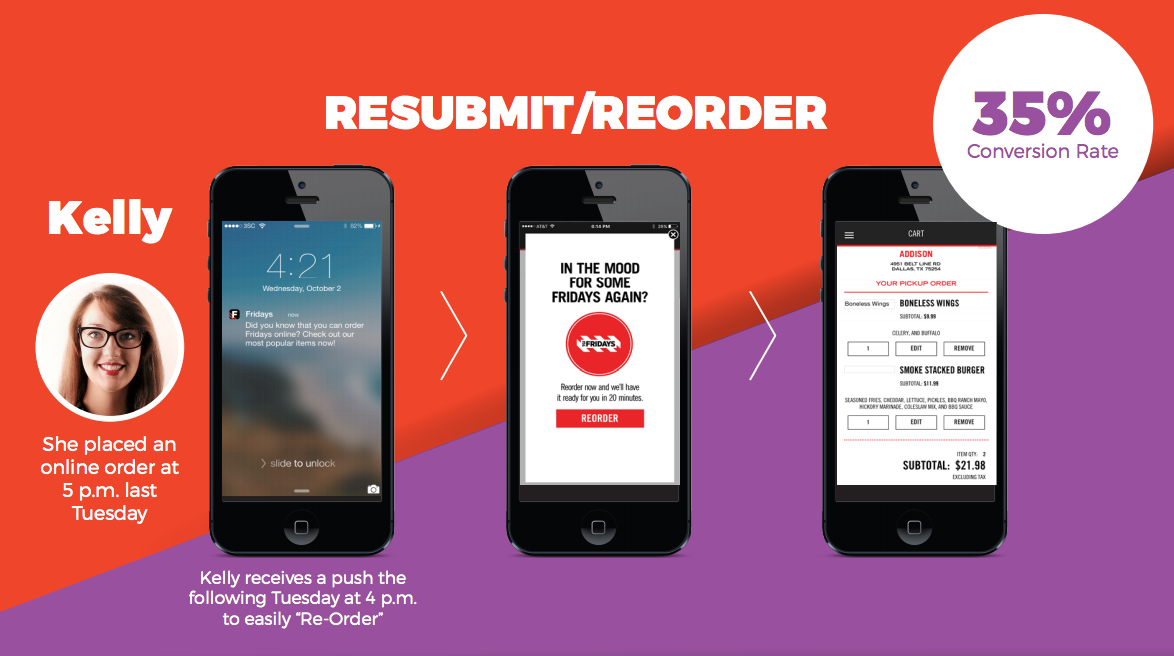
The app offers easy access to a list of past purchases so customers can order their favorite dishes quickly and easily.
They also incentivize individuals who have downloaded the app but are yet to place an order with a special first-time order discount code, delivered through push notifications.
Carrabba’s
The Italian restaurant chain successfully boosted mobile and in-store traffic conversion by encouraging customers to sign up for a coupon on their website when they relaunched their menu.
They then leveraged the customer data to integrate website, mobile, and in-store customer experience. Customers were rewarded for engaging with the brand via different channels.
By collecting data from these interactions, Carrabba’s was able to gain insights on its fans and customers by using all information from ZIP code to favorite dishes.
Combining such data with the emails collected during the menu relaunch campaign, Carrabba’s implemented automated personalization technologies to send emails featuring customized content and offers to keep building relationships with diners.
Taziki’s Mediterranean Cafe
This Greek restaurant chain is on track to double its locations by the end of 2017.
They owe a good portion of their rapid growth to a mobile and online ordering system that offers a fast and personalized off-premise dining experiences, such as take-out, catering, delivery, and third-party delivery.
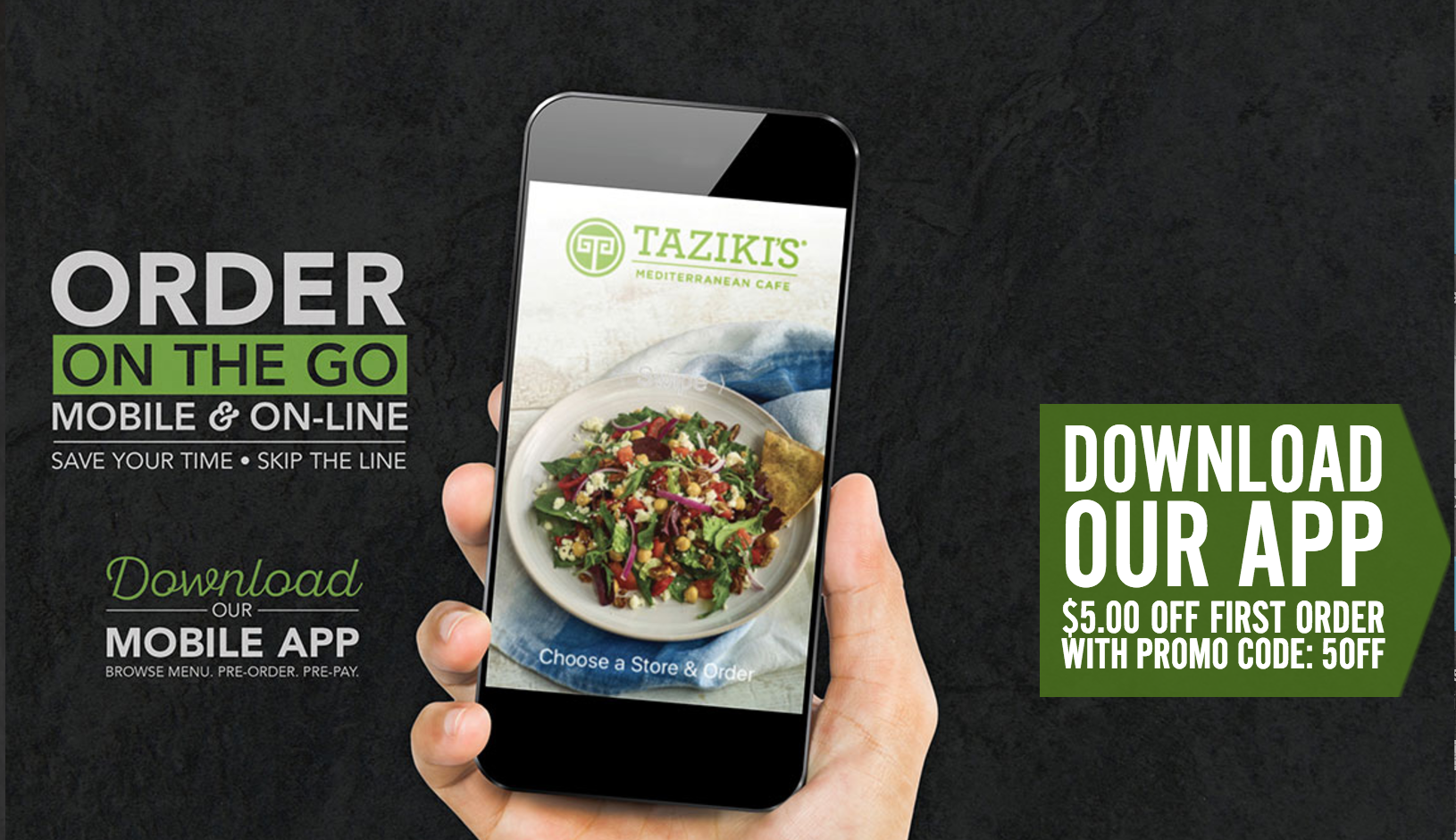
To support online and mobile ordering and provide a seamless customer experience, Taziki’s installed a unified platform that funnels all types of orders through a single gateway.
Guests can order via the website, iOS and Android mobile apps, or on Facebook, with the ability to choose from different menus and fulfillment options such as in-store pickup, curbside pickup, and catering.
All orders are tracked by a fully-integrated loyalty program designed to increase the customer lifetime value.
Online and mobile ordering generates a lot of customer data, which is the starting point for any personalization strategy. Taziki’s is then able to collect and analyze such data to enhance their customer interactions.
Omnichannel personalization unlocks the future of casual dining
An omnichannel experience not only makes it faster and easier to place an order but also builds long-term relationships, which increases customer lifetime value, by offering the ability to order from a list of past purchases and the opportunity to participate in a loyalty program.
At the core of any personalization strategy is the ability to collect and analyze customer data by using a centralized platform.
Find out how NectarOm can help you take your restaurant’s omnichannel marketing to the next level with our personalization automation solution.

![[ Case Studies ] How To Apply Omnichannel Personalization in the Restaurant Industry](https://nectarom.com/wp-content/uploads/2017/10/photo-300x212.jpg)

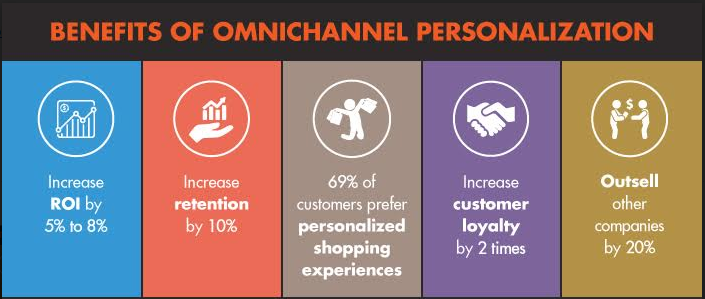
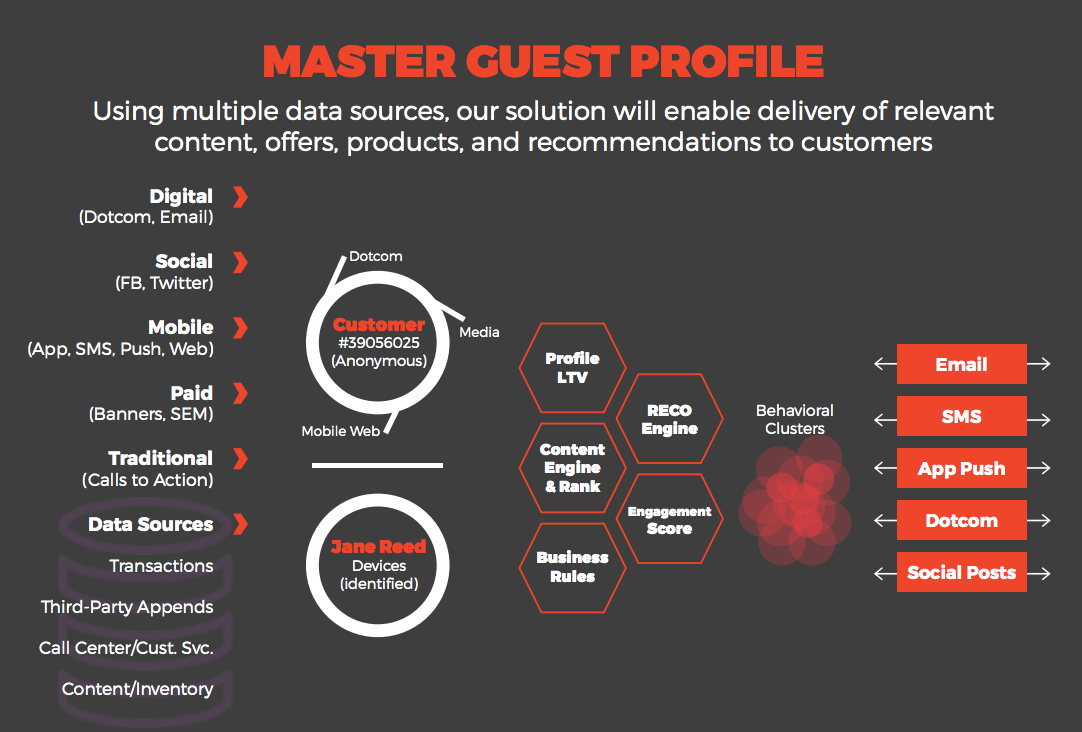
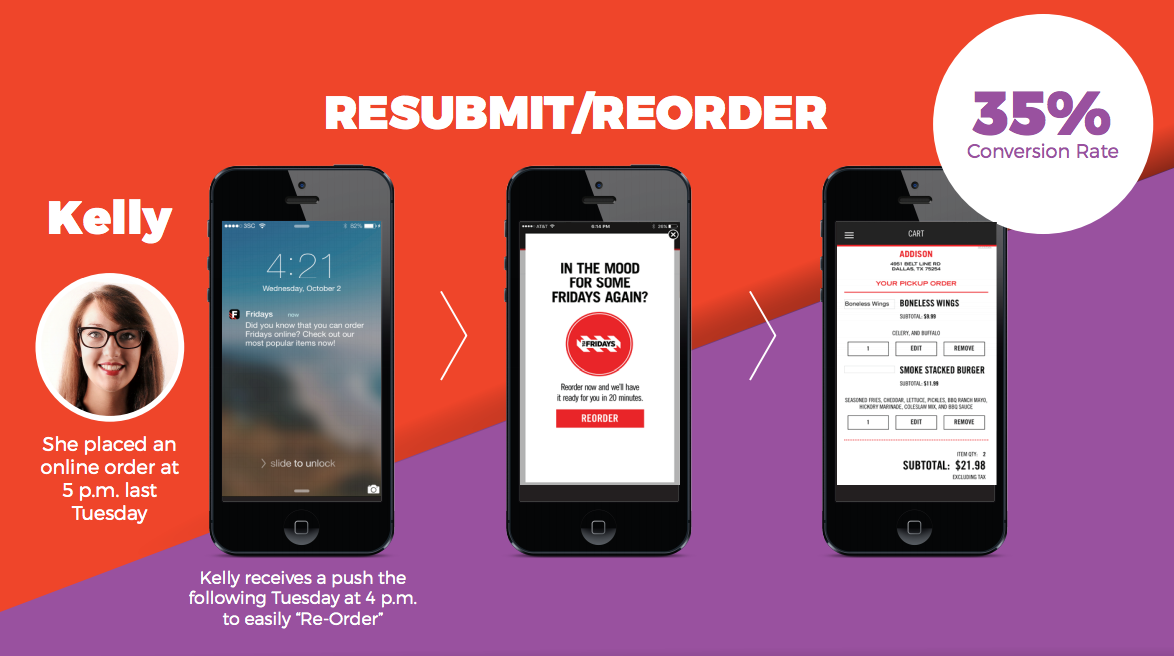
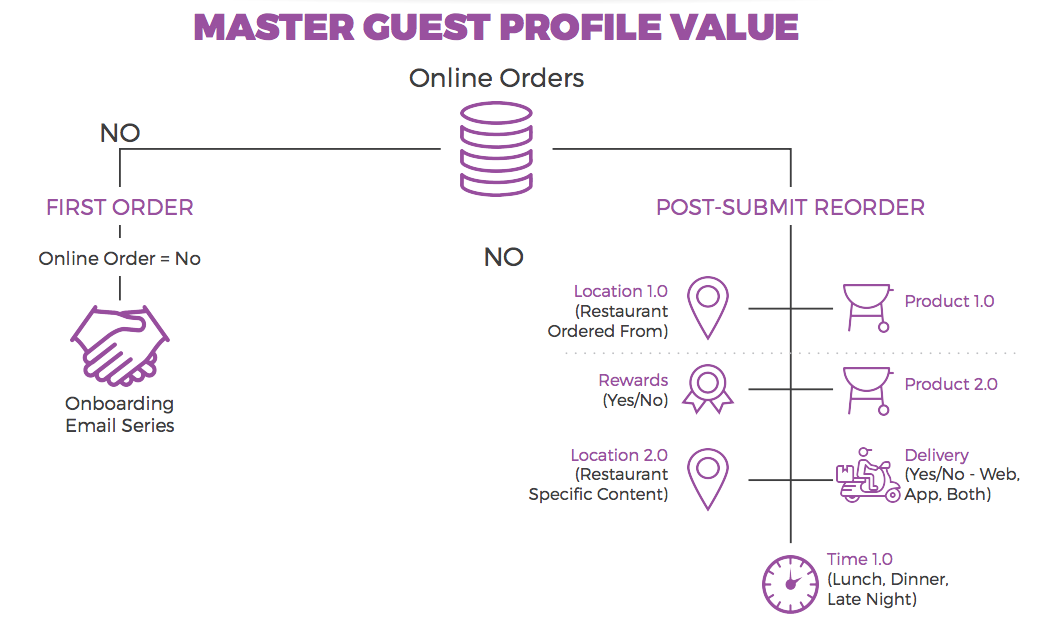
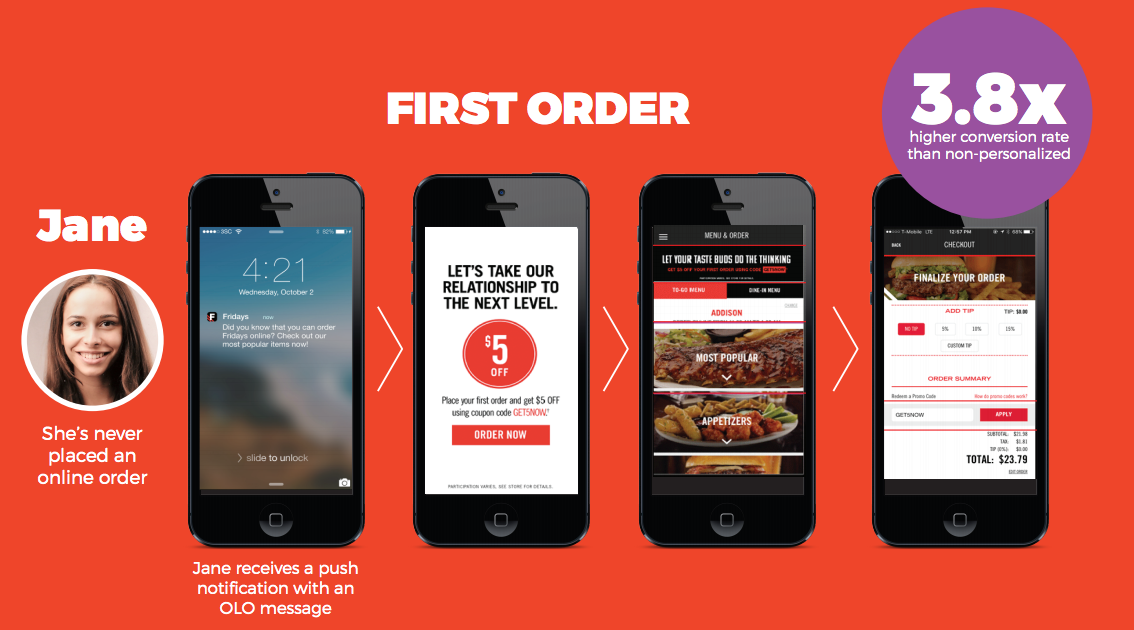
![Big Brands Get Personal With Customer Data [Case Study]](https://nectarom.com/wp-content/uploads/2017/09/DeathtoStock_Wired6-300x200.jpg)


